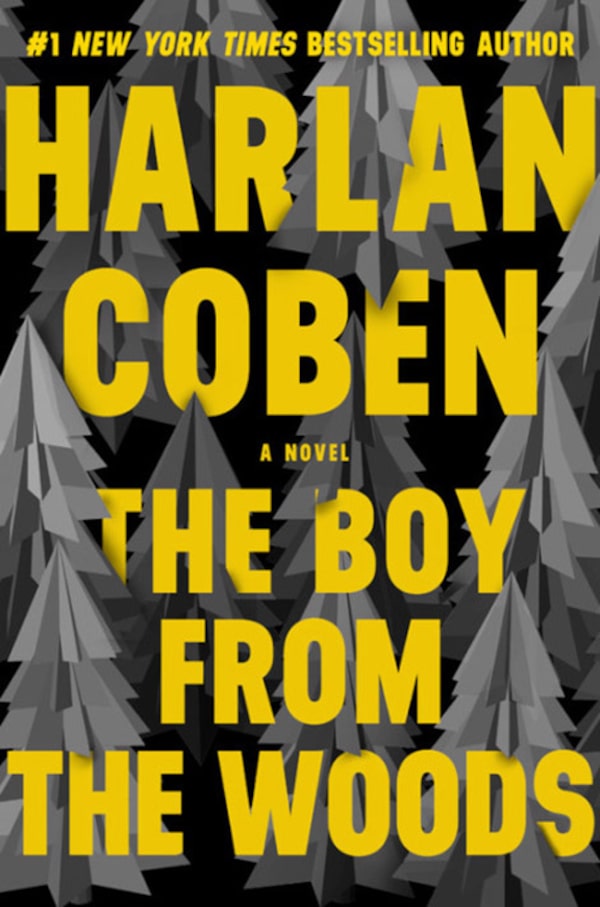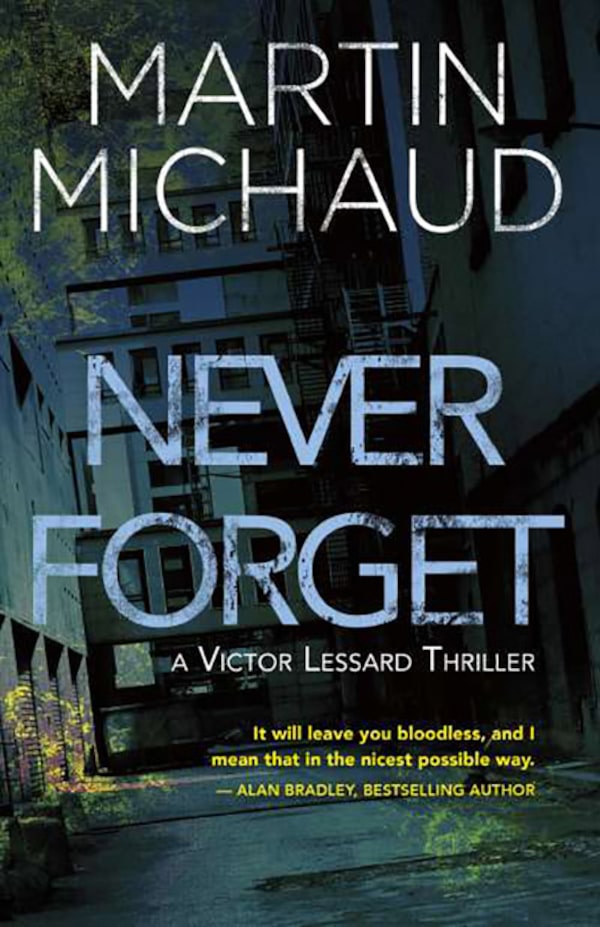
Handout
The Aosawa Murders, by Riku Onda, Translated by Alison Watts (Bitter Lemon Press, 315 pages)
The Aosawa Murders is emerging as one of the most praised novels of the year. It is Riku Onda’s first mystery, although she has been writing fiction for 30 years and has won a spate of highly prestigious awards in her native Japan, including the Best Mystery award from the Mystery Writers of Japan. If you haven’t already discovered the brilliant and engaging world of Japanese crime fiction, this is the best place to start. Like most good Japanese crime writing, The Aosawa Murders is quietly suspenseful and elegantly constructed. It begins with a police transcript of an interrogation of a girl named Hisako. What does she remember of a fateful event? A blue room and a flower, a white crepe myrtle.
The novel then moves to a conversation 30 years later. A woman named Makiko Saiga is discussing events from many years ago. We learn she is the author of a famous book about the fictional “Aosawa murders,” and that she was, as a child, one of the first outsiders on the terrible scene. The Aosawas were in the midst of a day-long birthday celebration. The whole family was present while much of the neighbourhood visited. There were special sweets and soda for the local children.
When Makiko and her brother arrived to join, they found a scene of agony and devastation. The Aosawas had been poisoned, and 17 of them – all but one family member – died. Hisako Aosawa was the only witness to the carnage but she was blind. An intense police investigation ended when a man who delivered a case of sake and sodas admitted his guilt and committed suicide. The Aosawa case was closed but the question remains – why did a working man kill an entire family of people he didn’t know and had no connection with?
The novel revisits the original transcripts, witnesses, Hisako herself. Everyone is telling the truth “but if one thinks about it, it’s difficult to describe an event in words exactly as one sees it. … Each person has their own idiosyncratic biases, visual impressions and tricks of memory.” So the tale builds as the storyteller recounts each bit, none new, all part of some kind of record and the question is always “Why?” The end, when it comes, is so brilliant and tragic that it left me stunned. The Aosawa Murders is certain to top a lot of Best Books this year and Alison Watts’s masterful translation is part of the reason. Can this book open up the world of Japanese crime in the way that The Girl With the Dragon Tattoo opened up Scandi Noir? I hope so.

Handout
Fight Like A Girl, Sheena Kamal (Penguin Random House, 256 pages)
I was a third of the way through this book before I discovered it was a Young Adult novel directed at readers 14-plus years old. Since I’m well pass my teen years, I decided I qualified as the “plus” part of the age group and decided to carry on. If this is the future of YA, long may it prosper. The voice, that of Trisha, a young Toronto woman, is lilting and fresh and full of life. “Rule number one of being a woman from Trinidad: be hella fierce … be educated, have a job, and provide … look after whatever stray children … wander your way … whip up some roti on a whim … plus you will be fetishized like crazy.” That voice is irresistible. “What about the men you ask? What about them. … The men don’t matter.”
In the female-centric household, Trisha’s way of resisting her mother’s influence is to engage in an esoteric form of Thai kickboxing. And her life is going well until the day she accidentally kills her father. Not that he’ll be missed since he was mostly away, but it’s a death, and the real issue is how to ensure Trisha doesn’t get blamed. Here we come to the realization that Ma is not terribly cut up about her husband’s demise. She seems, well, cheerful.
The cover-up works and Trisha goes on as before but then another man comes into Ma’s life and suddenly there is an awful sense of déjà vu. Is it all just bad karma or is history about to repeat itself in the worst possible way? This delightful novel is perfect for a weekend on the couch and after you finish it you, can pass it down to the grandchildren. What’s better than a mystery to be enjoyed by at least three or even four generations? If you feel you just can’t read a YA book, then check out Kamal’s adult book The Lost Ones. It’s every bit as good as this one. Sheena Kamal is a real Canadian find.

Handout
A Conspiracy Of Bones, by Kathy Reichs (Scribner, 352 pages)
A Conspiracy of Bones is Kathy Reichs’s 24th Temperance Brennan novel – that’s long past the time when most series begin to fail. Reichs has managed to maintain her quality and plots, but all good things begin to sag. Tempe is showing her age.
The book begins with Tempe in limbo after the last batch of adventures. Change is imminent. Her long-time boss and mentor, Larabee, is dead. His replacement, Dr. Margo Heavner, has more interest in her social-media profile and her next bestselling book than crime in North Carolina. Furthermore, she has a personal grudge against Tempe.
Along with pressure on the job front, Tempe is living with a brain aneurysm that causes blinding migraines and her medications make her hallucinate. She’s trying to renovate her antique house to accommodate her beloved Ryan who has retired from the Sûreté and is starting his own PI business. On top of that, her mother has had a cancer diagnosis, so when Tempe sees a strange man in her yard, she’s not sure if he’s real or just a stress-induced ghost.
Heavner has already begun a policy of cutting Tempe out of the forensic loop, when someone sends in a set of strange crime scene photos. Who sent them is a mystery but they show a man horribly mutilated, postmortem. He has no face or hands and it appears that he was dumped in a field and then eaten by feral hogs. Identification is imperative and impossible.
Heavner’s first press conference indicates that she plans to use this case as a national stage for herself. Tempe, cut off from her usual routes, decides to show up Heavner and take on the case herself. But as the body’s secrets are revealed, nothing is safe, including Tempe’s own home. With a plot that incorporates MK-ULTRA, Canada’s connection to the CIA mind-control experiments, as well as a weird group of survivalists, this story is way over the top. It’s not one of the best of the series, but fans won’t care. Tempe is still tops in Charlotte.

Handout
The Starr Sting Scale, by C.S. O’Cinneide (Dundurn, 293 pages)
This novel is the first of a projected series featuring Candace (never call her Candy) Starr, a trained assassin who we meet two years after her release from prison. Candace has retired from murder and is living quietly in a no-name Canadian town. She lives above an E-Zee Market, where she works a few hours a day. When a rich blonde arrives and offers her $10,000 for a hit, she can use the cash. The problem is, the hit is on a 17-year-old boy named Brent and Candace, even in retirement, has Rules. She doesn’t kill kids, even ones described as “barnacles on the side of the world.”
A few days later, Brent is dead, his neck snapped. The cops show up at Candace’s door. The hit has her MO (hands, not guns or knives) on it. (It’s a family trait. Her father and uncle were also professional killers.) Detective Saunders, loud and brassy, is the man who sent Candace to prison. He’s keen to repeat his win. His partner, Detective Chien-Shiung Malone, is smarter and more nuanced. She’s also in charge. She sees possibilities in an informal team with Candace. She also has an irresistible bribe; she knows who killed Candace’s father. It will come as no surprise that Candace takes on the chase.
Despite the light aura of this novel, it’s not funny. It contains serious misogyny, overt racist comments and an abundance of f-bombs. In short, be warned. At its heart, this is a cold and gripping crime novel that could have been written in 1940 if anyone would believe that a 6-foot-3 woman – a “functioning alcoholic” – could bash and beat with the best of men. O’Cinneide is good for a first-time novelist, but Candace needs some good editing and a tighter plot next time. I look forward to seeing the pair in action again.

Handout
The Boy From The Woods, by Harlan Coben (Grand Central, 371 pages)
Harlan Coben has so many projects going on that I’ve lost count. I’ve watched every episode of The Five and The Stranger on Netflix and I loved the movie Tell No One. So when does he have time to write all these books, especially one as good as The Boy From The Woods?
The boy of the title is Wilde who, 30 years before, was found living in the woods outside Westville, N.J. No one knew how long he’d been there or how he survived. He had no name and no memory. He was helped out by a local family whose son was his only friend.
After high school, he joined the Marines, accumulating skills that made him a highly desirable security professional. Now, he lives way off the grid, alone in the woods of Westville. But the one person he cannot refuse is calling him. Hester Crimstein, a noted attorney, is the woman whose family found and nurtured Wilde. A young woman is missing from Westville and police don’t believe she’s anything but a runaway. Her own father isn’t concerned. Hester wants Wilde to find the girl.
There are lots of levels to this tale, it being Harlan Coben. We have brutal bullying and a range of teenager-centred subplots. Wilde is wild in a believable way and we want to know just what it is that keeps him going. As always, the women are great. Hester Crimstein deserves a book of her own. Maybe Coben will take another break from his films and TV series and write it.

Handout
Never Forget, by Martin Michaud (Dundurn, 551 pages)
The first thing to say about this very decent Montreal novel is that it is at least 100 pages too long. That said, there is a really great story buried here. It’s worth skimming the fat to get to the meat.
This is the fifth of Michaud’s Victor Lessard novels, and there’s already a French-Canadian TV series based on the books. This time out, the story opens with a homeless man jumping to his death in Old Montreal. He leaves no clues except a long psychiatric history and a pair of wallets, neither of which belong to him. Then a psychiatrist is found murdered, her body marked in a way that indicates some kind of torture. And, finally, an attorney goes missing. The only clue to any of these crimes is that the wallets of the victims were in the possession of the man who jumped.
From that premise, Michaud goes back to the events of the seventies in Montreal when the FLQ was kidnapping cabinet ministers and the revelation was made public that the CIA had conducted mind-control experiments in Montreal hospitals. Michaud is at his best recalling those fraught times through the cooler lens of our present day. It’s great to see Canadian history used to such good effect in a story that resonates as well today as when it happened.
Expand your mind and build your reading list with the Books newsletter. Sign up today.